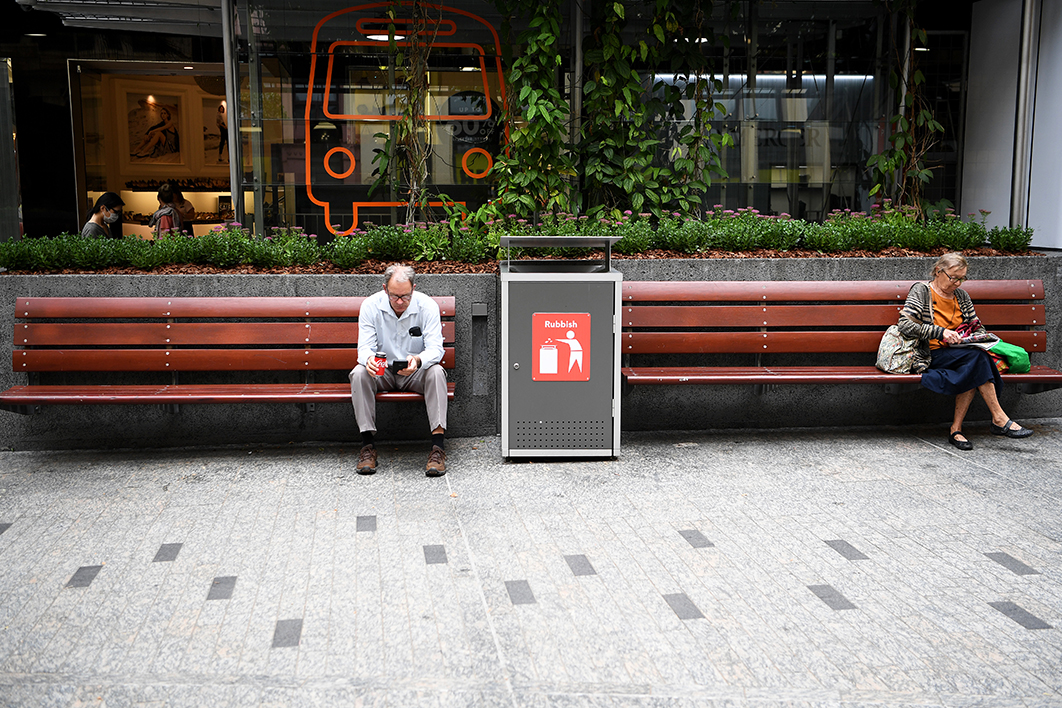Not long ago, a rapid and very heated political debate took place in Britain over the possibility of the British government relying on “herd immunity” in its strategy to manage the outbreak. The plan was dropped very quickly after modelling showed it would result in tens of thousands of deaths.
In a piece for the Mandarin this week, Professor John Shine argues the Australian government must release the data upon which its outbreak response strategy is based. In Britain, he notes, the Government Office for Science releases the scientific and technical advice given to government decision-makers during emergencies.
This poses thorny questions about mathematical modelling. The week before last, we saw an effusion of home-brew graphs on Twitter, produced by “armchair epidemiologists” whose quantitative skills were unguided by any subject matter knowledge.
In response, public health experts spent a lot of time engaging on social media, forcefully arguing “don’t try this at home.” The danger is that such models generate alarm and create a political constituency for control measures that are simple and decisive, like school closures.
In the fight against home-brew graphs, a key message was that small changes in a mathematical model’s assumptions and initial values can produce wildly divergent outcomes.
The same caution applies to models developed by genuine experts. We saw that with the publication of a study by Imperial College influenza expert Neil Ferguson, which suggested only society-wide “lockdown” could prevent hospitals being completely overwhelmed.
While recognising Ferguson’s expertise, critics argued the model overlooked key facts about how control measures are implemented in practice. In particular: the empirical fact that China brought its own epidemic under control primarily via aggressive contact tracing.
It is questionable whether policymakers understand that model outputs are artefacts of a process of construction, and not empirical findings about the actual epidemic. Models generate predictions that are subject to significant uncertainty, as seen in confidence intervals calculated on the basis of choices made when the model was put together.
All of these problems are multiplied when we call for governments to release and defend the rationale for their epidemic planning. Journalists need to have (or very quickly develop) the epidemiological and statistical literacies needed to interpret and evaluate these models, and the skills to explain their methods and findings to readers.
Journalists have handled this problem by interviewing first the model’s developers, then an independent expert who praises its findings, then another who criticises its limitations. We’ve seen this during the climate change debate as well. It does readers no favours. They need to develop their own literacies in order to participate in public debate over control measures and the material impacts they will have on all of our lives for a long time to come.
The prime minister and the chief medical officer have had a string of nightmare press conferences. My own sense is that they are struggling to communicate a rationale that depends on an assessment of the evidence that is complex and prone to causing panic.
In the absence of that rationale, though, people struggle to understand the recommendations. Professor Shine and Professor Tony Blakely are correct to argue the government urgently needs to communicate the “missing rationale” for our Covid-19 response.
So how could we do this?
Every year, in May, the government releases an extraordinary amount of data, all in one hit, justifying great changes in our social arrangements on the basis of multi-year predictions about society and the economy — I’m talking about the federal budget.
The government could and should use similar methods and capacities to communicate the missing rationale. These include a day-long “lock-up,” essentially an extended press conference with an embargo on reporting until the end of the day.
Before the evidence is released publicly, a pandemic lock-up would allow experts time to walk journalists and other community leaders through the evidence on which our epidemic response is based — the data, the methods and the findings — and build the basic literacies that are needed to understand and evaluate them.
The Parliamentary Library should be commissioned to do what it does best — summarise the evidence and translate complex policy into everyday language.
Lastly, the health minister Greg Hunt should front parliament and present the rationale. As I’ve argued, understanding is an essential precondition for collective action. And as the school closures debate has demonstrated, political participation continues even in a crisis. •
BONUS LINK
Corona-land is a research-based interactive simulator that helps people in the community develop their literacy in both modelling and epidemic dynamics.




